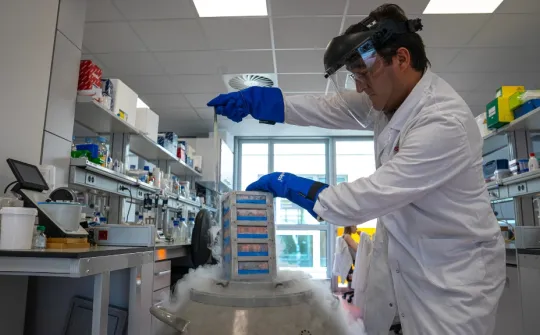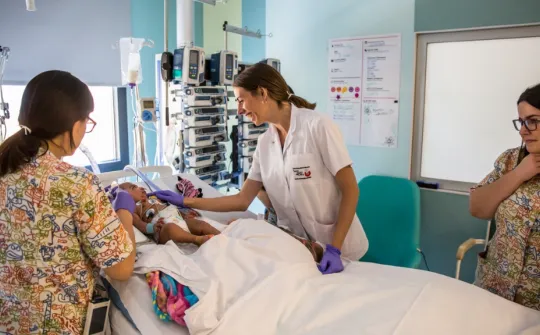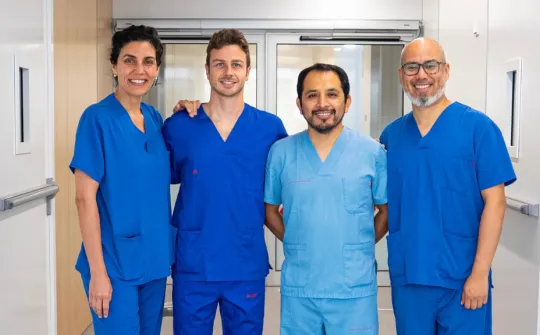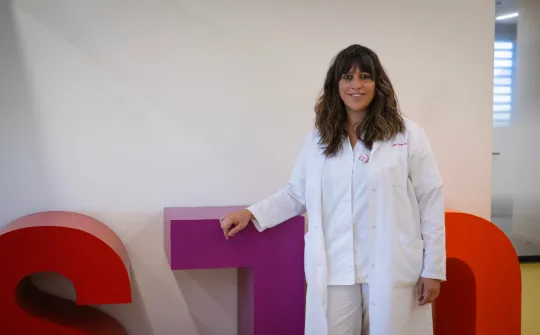For the first time, orthopaedic surgeons at Sant Joan de Déu-Barcelona Children’s Hospital carry out an endoscopy to successfully relocate the shoulder blade of a child born with the bone at neck height

A team from the Orthopaedic Surgery and Traumatology Unit at Sant Joan de Deú - Barcelona Children’s Hospital have – for the first time anywhere in the world – carried out an endoscopy to move the right shoulder blade of a five-year-old child born with the bone at neck height.
A team from the Orthopaedics and Traumatology Service at Sant Joan de Deú - Barcelona Children’s Hospital have – for the first time anywhere in the world – carried out an endoscopy to move the right shoulder blade of a five-year-old child born with the bone at neck height. The Orthopaedic Surgery and Traumatology Unit at Sant Joan de Deú - Barcelona Children’s Hospital is a leading centre in Spain for child orthopaedics and, specifically, for brachial plexus surgery.
This new procedure involves making two small incisions in the patient’s back – one above the shoulder blade and the other below – to access the bone, free the muscle holding it in place, and then move it into the correct position. Until now, this procedure involved open surgery, which required a long incision from the nape of the neck to the thoracic spine. With an endoscopy, as well as minimising aesthetic impact, the objective is to reduce the risk of infection, prevent complications and enable the patient’s swift recovery.
The child who underwent surgery suffered from Sprengel’s shoulder, a rare congenital disease that occurs during embryonic development. In such cases, the shoulder blade fails to descend to the correct position and remains high in relation to the child’s thorax and neck. In addition to being an aesthetic problem, this malformation – that can only be treated with corrective surgery – causes mobility difficulties around the arms. Despite being the most common back malformation, it only affects one in every 40,000 newborns.



